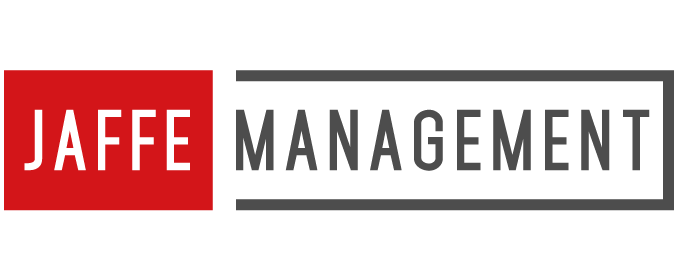09 Aug 2018 Bringing Innovative Thinking to Your Association
Most association management leaders know that, in order to best serve members and maintain their status as industry experts, they must also adapt to changes in technology, legislation, the economy, the needs and expectations of members, and even shifting priorities from board members and staff.
It may no longer be enough, however, to merely adapt to change. Associations are increasingly looking for ways to create and drive positive change through innovation. In fact, this idea generation, according to some, is one of the top management trends for 2018 with associations, in particular, serving as ideal vehicles to incubate creative new ideas.
That said, it can be difficult to create a strategy or carve out time for brainstorming new and innovative ideas, particularly when time, budget and insufficient staffing are taken into account. How can you, as an association leader, encourage your staff to share the kinds of ideas that are going to help your organization address its most pressing needs?
Here are a few ideation techniques that are free and easy to implement, along with some other pointers to get your creative juices flowing:
- Create a feedback loop for idea generation to show staff members that management is listening. Have a portal or platform where ideas can be submitted, whether it be physical or digital. Be sure to keep staff members abreast of ideas being pursued, postponed or rejected (along with rationale).
- Set clear constraints during brainstorming sessions. For example, how much money is available for a project? How much time will be dedicated to ideation and experimentation? Clear constraints provide a useful framework and keep the group focused.
- Bring a diversity of perspectives and vantage points to your brainstorming sessions. Who are your realists? Who help “push” ideas along? How might the perspective of someone in I.T. differ from that of someone in communications?
- Borrow successful brainstorming techniques from the private sector:
- Method 6-3-5: Six people write down three ideas in five minutes and then pass their sheets to the next person so that he or she can build on someone else’s idea. This is done in silence to avoid any one person dominating the conversation.
- Five-Whys Analysis: Employees are told to ask “why” five times. The goal of the exercise is to get to the root cause of a problem. Simply start with a problem statement, like “Our website didn’t launch on time.” From there ask why. Ask why over and over again until there are no more useful insights.
- “Worst Possible Idea” Exercise: Ask participants to share ideas they feel are terrible. This not only removes the burden of having to share good ideas with the group, it also allows people to think about what makes an idea bad and how it might be reframed. It’s also a lot of fun.
Whatever you do, be sure to make ideation sessions an ongoing part of your organization’s strategy. Perhaps devoting a portion of monthly or quarterly meetings might create a cultural shift toward innovative thinking.
Is your association dedicated to coming up with creative, innovative ideas, both big and small, to improve the bottom line? How might you encourage staff to share good ideas?


